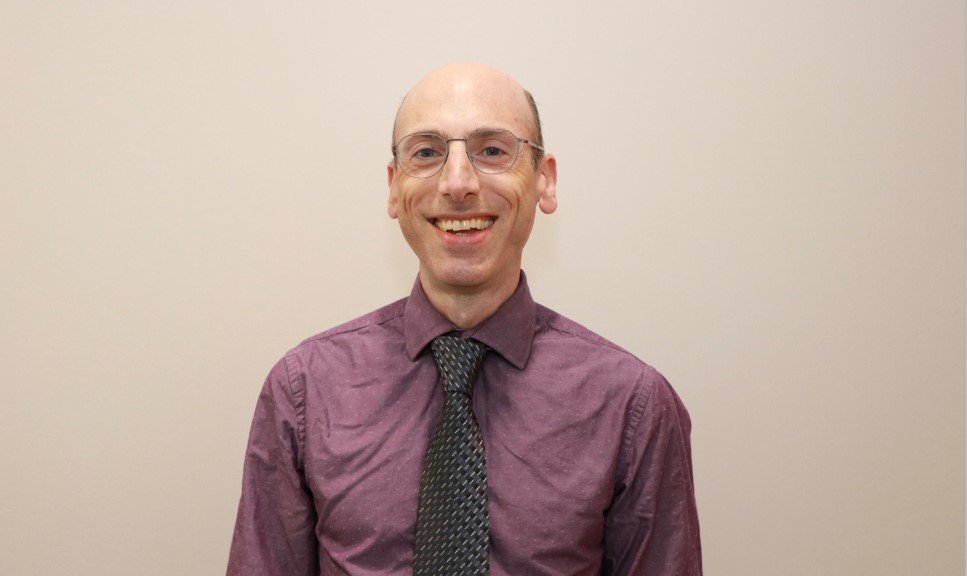
CEO Blog: A Look Back at 2019

I am not sure about you, but I cannot believe 2019 is coming to an end. Before we bid farewell to 2019 let’s take stock to the accomplishments and challenges we faced in the past 12 months
Celebrating 125 years advocating for animal welfare and saving lives
Your Winnipeg Humane Society is officially 125 years old. From our founder picking up stray cats on Selkirk Avenue to opening a modern animal shelter, we are and have been from day one a community-based, non-government, private charity. With that comes the freedom to do what it is best for the animals we strive to save and advocate for, and the big task of soliciting donations in order to pay our bills and survive.
We chose our Paws in Motion walk in the summer and our Bow Wow Ball Gala in the fall and Paws for the Season in December to celebrate with the community and raise funds to continue our work. The warmth, the encouraging words, and the generosity we received in 2019 is truly humbling, and much appreciated. We belong to you, and we strive to remain an open, honest and transparent charity.
On behalf of the entire WHS team of Board members, volunteers and staff are so grateful for your ongoing support and generosity.
Never giving up: the story of Apollo
Apollo is just one of the hundreds of success stories we witnessed in 2019. Apollo came to us after being removed from a neglectful situation. Because of the neglect he experienced, Apollo developed extreme anxiety. He was a challenging case in the shelter and was returned twice from adopters for destructive behaviour, as a result of his anxiety disorder.
With love and dedication from everyone at WHS and ongoing support through the behaviour department Apollo is now ‘sitting pretty’ in what we believe will be his forever home.
Giving each animal we accept a fair shake is not easy, nor is simple. We are a managed-admission shelter which means we match resources to the needs of the animals to ensure the best possible outcomes. As much as it is hard to have a waiting list, it is a necessary step so we can avoid unnecessary euthanasia and truly cater to each animal’s needs. We have grown our behaviour and clinic staff in order to be there for the animals and we count on your support to be able to have the means to continue this work.
I would be remiss not to mention the incredible work of our clinic and animal care teams, who had implemented a new Parvovirus treatment protocol, giving dogs which would be in the past euthanized a chance to recover in our shelter.
Helping remote communities in Manitoba
Two remarkable individuals -our most fantastic Director of Veterinary Services Dr. Gina Bowen and the amazing Katie Powell, director of Save a Dog Network- sat down in my office with a request: WHS needed to do more to support the work of rescues in remote areas of Manitoba.
In 2019, we piloted the idea of coordinating spay and neuter clinics in communities with crisis-level animal control issues and lack of access to veterinary care. While the pilot did not turn out exactly the way we hoped for, it reinforced our resolve to find ways to be part of the efforts to help pets in remote areas while respecting the tremendous work rescues currently do helping these communities. And you will hear a lot more of this in 2020.
Advocating on behalf of all animals: a tough public debate and the lessons we learned
One of the most challenging issues we had to face in 2019 had to do with a wild species: stingrays. When our friends (and they are truly friends) of the Assiniboine Park Zoo temporarily closed their stingray exhibition after 10% of their rays died, we felt compelled to publicly ask them to close the show for good. We chose a blog post to do so, and what I did not anticipate is that several media outlets read the blog and made a point of highlighting the fact that two animal-related charities were at odds with each other.
I was accused of using the issue for publicity, the WHS was accused of not really caring about the Zoo because we chose a public blog post instead of asking privately first, and animal welfare activists were unhappy we did not recognize their work on the issue.
While we stand by our rationale and our request, I also admit that we could have done things in a much better way: We should have recognized the work of animal rights groups, especially Manitoba Animal Save, and we should have had the courtesy of meeting with our colleagues of the zoo before publishing the blog. I felt that our chances to convince the Zoo privately were slim to none, however we did not afford them the opportunity to listen to our concerns first and that error lies squarely on me.
I apologized to Manitoba Animal Save, and I also apologized in person and in writing to the Assiniboine Park Conservancy CEO, Margaret Redmond, who was gracious and welcoming in our meeting. I am pleased to report that we have now a WHS public position statement on zoos and aquariums available online and that we have agreed that if in the future we face a similar situation, we will meet first and then decide if a public statement is warranted.
Improving live outcomes for cats thanks to our amazing community
On a more positive note, in 2019 we completed changes to the way we handle stray cats in Winnipeg, asking finders to help us assess each situation and try to reunite the cat with their caregivers without having to remove the cat from the area in which was found. There is scientific evidence showing that cats do not travel far, and if a good Samaritan is willing to put up some posters, talk to neighbours and provide safety to a cat, it gives that cat an excellent chance of returning home. And if a caregiver is not found, by managing our incoming flow we can match our adoption speed better, thus reducing euthanasia rates to the lowest they have been since opening our new shelter 12 years ago.
And the community have been nothing short of stellar in understanding our process and helping us save more cats every single month of the year. This grassroots support combined with stronger communication with our satellite adoption partners made us happily purr all year long.
But wait! There is more!
These are just a few highlights of the year. I could go on an on, from our clinic performing more than 8,000 spay and neuter surgeries to our Emergency Response department getting a lot tougher with abuse and neglect offenders to the improvements we have made with adoptions, to the record number of educational programs we have run, to the increase in animal welfare advocacy and our robust presence on social media. It is all possible because of your unwavering trust and support, and because the WHS is blessed with a team of dedicated professionals who are passionate and extremely hard working.
We may not get everything right all the time, but as I look back to 2019, I cannot help but to feel proud, humbled and excited about the next decade for the WHS as a leading animal welfare organization in Manitoba. We may be 125 years old, but we are just getting started!
Happy New Year, everyone!
In service,
Javier Schwersensky
WHS CEO

